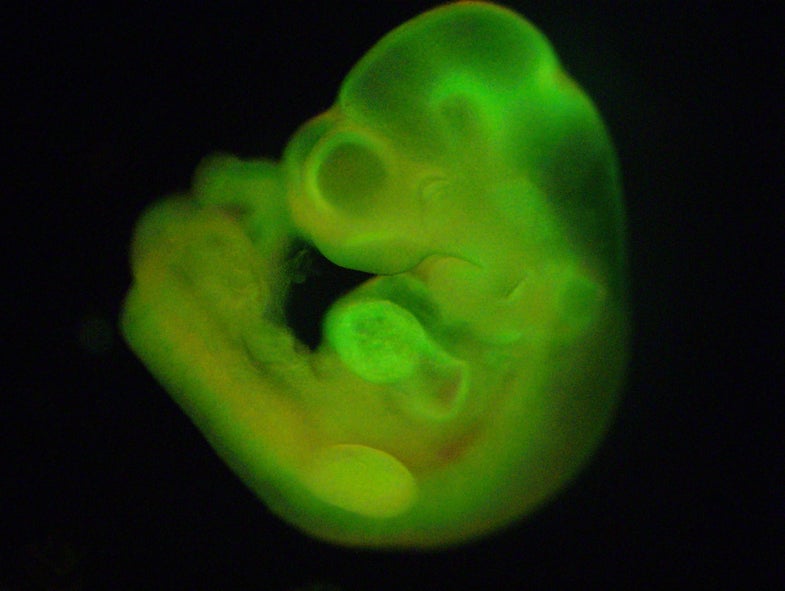Milestone Stem-Cell Paper Shows Signs Of Cheating, But The Cells Could Still Be Real
Real cheating, no jokes

Some of the data in a milestone stem-cell paper were faked, an investigation found today. Yet the stem cells the team claimed to have made could still be real. It’s up to outside scientists to prove they are or aren’t.
In two Nature papers, a Japanese team claimed to have transformed ordinary cells into stem cells without adding genes to the cells. Over the past ten years, adding genes has been the only way scientists have been able to make stem cells from regular cells. The papers said they made stem cells just by stressing out some ordinary cells: for example, by exposing them to a strong acid.
The investigation, conducted by a government-funded Japanese research institute called RIKEN, found that three photos in one of the papers don’t show the results that they claim to. The investigating committee placed the blame on the paper’s first author, Haruko Obokata, a postdoctoral researcher at RIKEN who is still early in her career in science. Two of the troubled photos come from research Obokata did as a graduate student, RIKEN says. That research didn’t use the same procedures as Obokata and her team claimed to use in the new papers, so it isn’t legitimate to transfer them over. The new papers were published in January. Since then, they’ve gotten a lot of attention from scientists, news media, and ordinary folks.
Obokata says any errors in the papers weren’t made with ill intent, Bloomberg reports. She and/or her teammates can still appeal RIKEN’s findings. The appeal process the next step in the investigation.
In spite of all of this, the stem cells Obokata and her colleagues made could still be real. Outside scientists have tried to reproduce the team’s results, with little success so far. But nobody has proved the cells are impossible to make, either… and one scientist wrote this morning about some promising preliminary results.
Nobody has proved the cells are impossible to make, either… and one scientist wrote this morning about some promising preliminary results.
Kenneth Lee of the Chinese University of Hong Kong has been liveblogging his attempt to re-create the Obokata stem cells. He’s been trying to use instructions written by Charles Vacanti, a researcher at Brigham and Women’s Hospital in Boston who was part of Obokata’s team. Vacanti published detailed instructions for making Obokata’s stem cells after other scientists began reporting they couldn’t make the cells from the instructions published in the Nature papers.
Early this morning, Lee posted results showing he was able to make stem cells from ordinary cells by stressing the ordinary cells via sucking them up and down very thin glass tubes—an idea that came from the Vacanti instructions. The tubes’ openings are only as wide as a few cells laid side by side, so many cells likely get damaged as they squeeze in and out of the tube, Lee says.
“I don’t know why it’s so critical to pass [the cells] through these glass pipettes. I assume it’s mechanical stress,” Lee told Popular Science last week, while he still preparing to do the experiments. “It’s quirky, but we’re open-minded.”
He and his students will do more work to ensure their results are real. “This the first time we did this experiment and will require several more rounds to validate,” Lee wrote this morning.